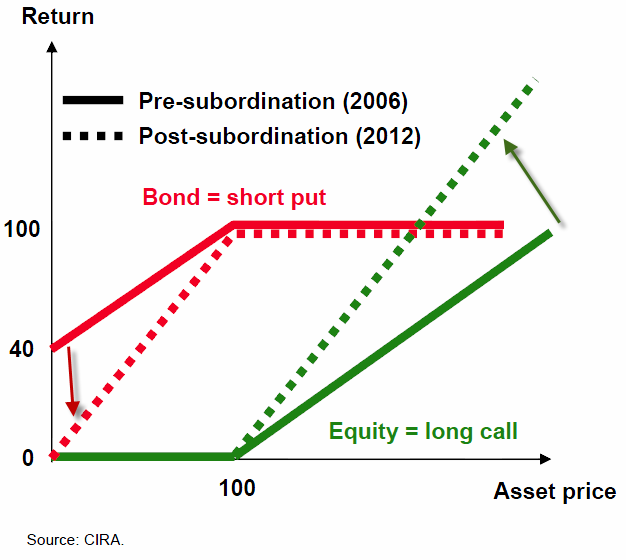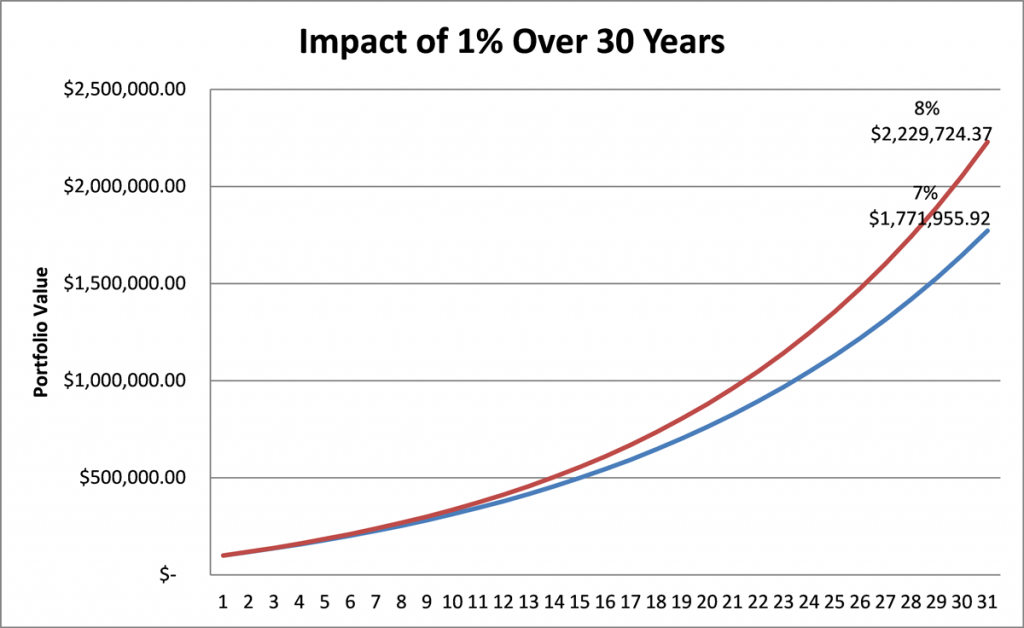A RiskFree Return or a ReturnFree Risk
Post on: 30 Май, 2015 No Comment

By FLOYD NORRIS
Published: May 30, 2003
INVESTORS today are being offered two investments with virtually identical after-tax yields of 1.5 percent: stocks and bonds. That fact says a lot about both investor attitudes and tax policy.
One choice offering that yield is a five-year Treasury note. It now yields 2.26 percent before taxes. Adjust that for the maximum 35 percent tax rate in the new tax law, and the yield is 1.47 percent.
That yield is assured over a five-year period because the government will surely be able to sell another note to pay off the first one. If an investor sells the note sooner, the return could vary, depending on capital gains or losses as rates fall or rise.
The alternative investment with a similar yield is the Standard & Poor’s index of 500 stocks, which collectively have a yield of 1.77 percent now. An investor who bought those shares would have an after-tax return of 1.50 percent because the new tax law cuts the dividend tax rate to 15 percent.
There is more risk there, you could argue. Five years ago, the S.& P. 500 stood at 1,091, 15 percent above its current level. And dividends can be cut. But prices and dividends can also rise. A stock buyer can expect to beat Treasuries over the next five years if shares only stay level. That was last true in 1962.
»The willingness to buy Treasuries when stocks yield a comparable after-tax return speaks to serious fears that the U.S. faces a Japan-like future,» said Robert J. Barbera, the chief economist of ITG/Hoenig. He views those worries as overdone.
Bidding the yield on Treasuries so low also reflects the fact that many investors — who only three years ago loved stocks at prices far higher than current ones — now seek safety.
Factor in a little inflation, or even a half-decent economy, and current rates could rise enough to produce losses for any Treasury investor not prepared to wait for maturity. The »risk-free return» could turn out to be a »return-free risk,» as James Grant put it in the current edition of Grant’s Interest Rate Observer. (He admits to borrowing the phrase, and would love to identify the originator.)
The current situation also reflects tax policy, of course. This is the first time that dividends have been taxed at lower rates than salaries. As recently as 1981, high-income taxpayers were expected to pay higher rates on »unearned income» than on other income. There was a hint of derision for »coupon clippers» who made lots of money without much effort.
The consensus used to be that high-income people should pay plenty, whatever the source of the income. When Dwight Eisenhower was president, the top marginal rate — for those making more than $400,000 a year — was 91 percent. Times have changed.

Back in the 1940’s and early 1950’s, it was accepted wisdom that the dividend yield on stocks should be higher than the interest yield on bonds — even without any tax breaks — to compensate investors for the risks of capital losses. If you think that the United States economy is in terminal decline, then stocks are clearly overpriced and perhaps Treasuries look good even at these low yields.
But the more likely alternative is that economic growth will gradually pick up. The latest batch of economic statistics have been mildly positive. And it does seem odd to worry about deflation even as the Bush administration heads for huge budget deficits.
Technology stocks, many of which have rebounded sharply since the market bottom in October, probably are in for more disappointments as many businesses face oversupply problems that will hold down margins for years.
But an investor has to be pretty pessimistic to think the overall market won’t beat the after-tax return of 1.47 percent for five years that is now being so ungenerously offered by the Treasury.
Graph tracks difference between aftertax yields from dividends of S.& P. 500 and interest on 5-year Treasury note, at maximum tax rates, since 1962. (Sources: S.&P.; RIA)














